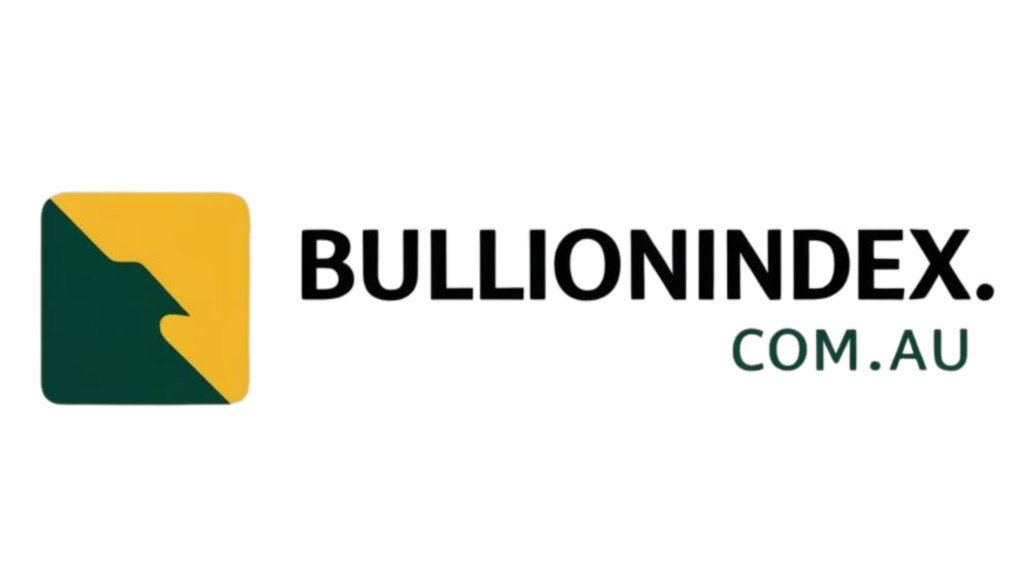Gold has been a hot topic in the investment world, with prices soaring to historic highs. The recent surge in gold prices has sparked debates about its role in investment portfolios. The price of gold surpassed $3,000 an ounce for the first time in March, setting a new record even after adjusting for inflation.
Market sentiment turned bearish following the announcement of new tariffs on April 2, leading to a decline in equity markets. This raised questions about whether gold, known for its safe-haven status and low correlation to stocks, could continue its upward trajectory in the face of economic uncertainty.
To understand the recent surge in gold prices, it’s essential to consider traditional and non-traditional factors driving this trend. The financialization of gold, including the introduction of gold ETFs, has reshaped the gold market, making it more accessible to retail and institutional investors.
Another significant driver has been the trend towards de-dollarization, accelerated by geopolitical events like the Russian invasion of Ukraine. Countries like China have been increasing their gold holdings to reduce their dependence on the US dollar as the global reserve currency.
Gold’s long-term and medium-term price movements have been influenced by these factors, with the financialization of gold and de-dollarization contributing to the uptrend in gold prices. Central banks’ robust demand for gold and increased interest in alternative investments have also played a role in driving up prices.
While gold is often seen as a hedge against inflation and market downturns, historical data suggests that its effectiveness as an inflation hedge can be inconsistent over shorter time frames. Gold’s volatility and lack of yield compared to stocks and bonds make it a unique asset that provides diversification benefits but may not always offer reliable protection against inflation.
Despite these considerations, gold has shown resilience in market drawdowns and recessions, outperforming other assets during times of economic uncertainty. However, the high real prices of gold at present raise questions about its future performance and whether it can continue to provide effective hedging in the long run.
Investors should weigh the benefits of holding gold as part of a diversified portfolio while considering its limitations as an investment asset. While gold’s historical track record as a safe haven asset is well-established, its future performance remains uncertain, requiring a balanced approach to incorporating gold into investment strategies.
As the debate over gold’s role in investment portfolios continues, experts emphasize the importance of understanding the dynamics driving gold prices and the broader economic context in which gold operates. Whether gold will maintain its current momentum or face challenges in the future remains a topic of ongoing discussion among investors and analysts.
📰 Related Articles
- Gold’s Role as Safe Haven Investment Amid Economic Uncertainty
- UK Gold ETFs: Diversifying Portfolios Amid Economic Uncertainty
- Silver Investment Outlook: Seizing Growth Amid Economic Uncertainty
- Gold’s Role as a Hedge in Diversified Investment Portfolios
- Gold’s Resurgence: A Safe Haven Amid Economic Uncertainty
📚Book Titles
- Sparkling Investments: How to Profit from Gems and Fine Jewelry
- Harvest Profits: Investing in Farmland and Timberland
- The Impact of Education on Society: The Role of Teachers in Shaping the Future in Regions Affected by Conflict and Climate Change
- Dragons Inked: Unearth the Power, Mystery and Elegance of Mythical Tattoos






